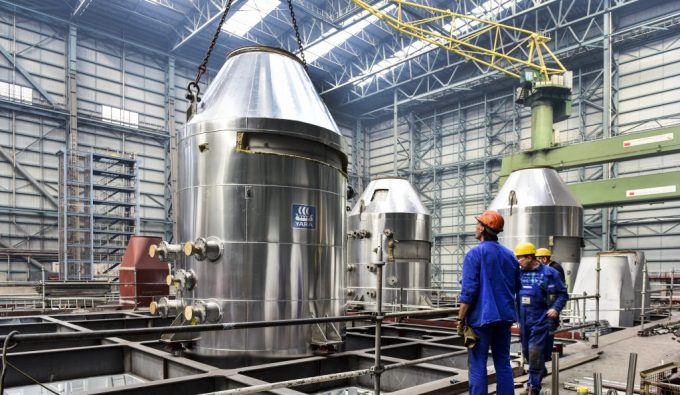Congestion at Asian and European ports keeping charter rates firm
UPDATED TO CHANGE ECONDB DELAYS FROM VESSEL WAITING TIMES TO CONTAINER DWELL TIMES. Bottlenecks at Asian ...

The idle containership fleet has soared to 225 vessels, 1.32m teu, but more than 60% of the inactive capacity is due to scrubber retrofitting ahead of the IMO 2020 regulations.
Based on consultant Alphaliner’s latest data, there are 83 ships, with a total capacity of 839,130 teu, either undergoing scrubber retrofits or at anchor awaiting their turn at shipyards.
Containership owners and ocean carriers are increasingly concerned at the time vessels are out of service for the installation of exhaust gas cleaning ...
MSC Elsa 3 sinking – now the 'blame game' begins
After DSV 'cuts the cake' on Schenker acquisition, time for redundancies?
Bad news for shippers as wave of transpacific rate increases continues
Shippers hold their breath as Trump appeals court ruling that tariffs are illegal
Houthis claim Red Sea safe for box ships not calling at port of Haifa
No deals with carriers, say Houthis – Red Sea safe for non Israel-affiliated ships
Rapid transpacific capacity build-up continues – can USWC ports handle it?

Comment on this article